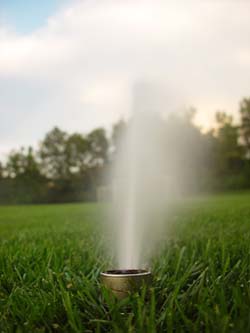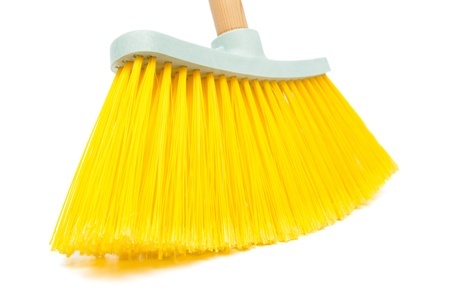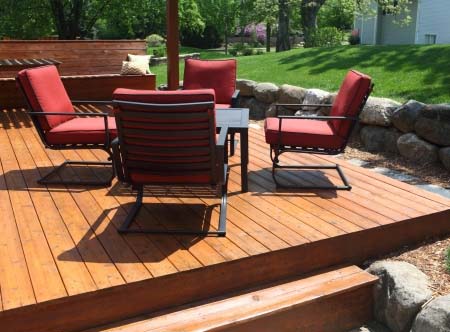
With models priced from $35 to $1000 there are charcoal grills to fit the budget of anyone who’s a fan of traditional barbecue.
A charcoal grill can be as basic as a 55-gallon drum cut in half and turned on its side, or as extravagant as a $1,000 ceramic-lined cooker. When shopping for a charcoal grill, author and barbecue expert C. Clark “Smoky” Hale urges consumers to stop and ask themselves the following questions: What type of cooking do you intend to use it for? How often do you expect to grill? How many people will you be grilling for? How much do you want to spend?
Cost range: $35-$1,000 and up
Likely additional costs: assembly, cover, charcoal
Average life span: 3-16 years
Sub-$50 range
In the case of charcoal grills, “small doesn’t have to mean cheap,” explains Hale, author of “Great American Barbecue & Grilling Manual.” Whereas many gas grills priced south of $50 aren’t worth the money, the same isn’t necessarily true when applied to charcoal.
Weber, the king of the kettle, sells a solid and wholly functional grill for around $35. Of course, that unit rests on the ground and measures just over a foot in diameter, making it useful only for the smallest of gatherings. Larger grills in this price range tend to be constructed of thin painted steel and positioned atop wobbly aluminum legs.
$50-$100 range
A homeowner looking to satisfy the needs of an average-size family should plan on spending at least $60 for a roomy but basic grill. Models in this category are of the 19- to 22-inch kettle variety, which is large enough to handle over a dozen burgers or chicken breasts.
Despite the increased girth, these grills restrict all but the most rudimentary cooking methods due to shallow lids that can’t accommodate whole chickens, turkeys, or other roasts. Because charcoal (and especially hardwood lump) burns hotter than gas, the thinner steel grates found on these grills often warp and need replacing at a cost of $15 to $45.
$100-$200 range
This price range includes 22- and 26-inch name brand kettles. But the roomiest charcoal grills in this category are not round, they are rectangular barrel-style units that mimic a dissected 55-gallon drum.
These solidly constructed rigs, which start at around $130, boast a cooking area two to three times the size of comparably priced kettles. The 1,000-square-inch grate surface makes it easy not only to cook for a crowd, but also to do indirect cooking for slower, longer roasts.
Though billed as smokers too, these models typically lack the airflow control needed for the serious, long-temperature cooking associated with traditional smoked barbecue, warns Hale.
$200-$300 range
The additional dollars spent for charcoal grills in this category often buy convenience rather than increased capacity or improved construction. Kettle-style grills come mounted in a portable cart with storage for charcoal and a small work area. Some feature propane ignition systems for effortless charcoal starting sans lighter fluid.
Hinged cooking grates make it easy to add or rearrange charcoal without having to remove the food. And many facilitate the ash-disposal process thanks to removable catch basins. For frequent grillers, these conveniences are worth the costs.
Ceramic cookers
“The Big Green Egg folks are like Apple computer people,” says Hale, referring to a prominent brand of ceramic charcoal cooker. “They are very passionate.”
Owing to their thick-walled ceramic construction, these trendy grills are unmatched at retaining heat for long periods of time. Precision dampers make it easy (with practice) to accurately control temps, making the units effective for everything from high-heat searing to roasting to low-and-slow smoking. Homeowners, however, must be prepared to shell out $700 and up for a grill with a cook surface equal to a $70 kettle.
Smokers
Most charcoal grills can be configured to accept wood chunks or chips, allowing the cook to impart a pleasant smoke flavor to cooking foods. But in order to truly excel at barbecue, says Hale, a grill must contain a system of tight-fitting dampers and vents that make it possible to accurately regulate cooking temperatures.
Offset smokers look like barrel-style grills with the addition of a side-mounted firebox. Heat and smoke travel from the firebox, through the main cooking chamber, and finally out the exhaust. Because the heat source is not directly underneath the food (indirect cooking), it is easier to maintain the lower temps needed for smoking. These units start around $250.
Water smokers, of which the Weber Smokey Mountain (aka the Bullet) is the most popular model, look like elongated kettle grills. Situated between the charcoal bowl at the bottom and the cooking chamber above is a shallow pan of liquid that acts like a heat sink, regulating temps. Well-made and backed by Weber’s 10-year warranty, these smokers sell for around $300.
Suggested extras: Wood ash combines with rain water to make lye, a corrosive and caustic substance. For that reason alone, a tight-fitting grill cover is a necessity. Prices range from $20 to $70. Chimney starters ($15) make fast work of igniting charcoal briquettes without the need for lighter fluid. Folks serious about barbecuing, says Hale, should purchase a quality grill thermometer for $10.
Cost of operation: There is no denying that charcoal grilling is more expensive than gas grilling. A typical charcoal cookout will cost about $3.50 in fuel, while the same session on a propane grill will run about $0.60, and even less if hooked up to a natural gas line. Nevertheless, charcoal grill aficionados swear by the superior taste of foods prepared with charcoal.
By: Douglas Trattner
Published: April 26, 2010
Read more: http://members.houselogic.com/articles/outdoor-appliance-guide-charcoal-grills-and-smokers/preview/#ixzz312h8cd8B
“Visit HouseLogic.com for more articles like this. Reprinted from HouseLogic.com with permission of the NATIONAL ASSOCIATION OF REALTORS®.”












